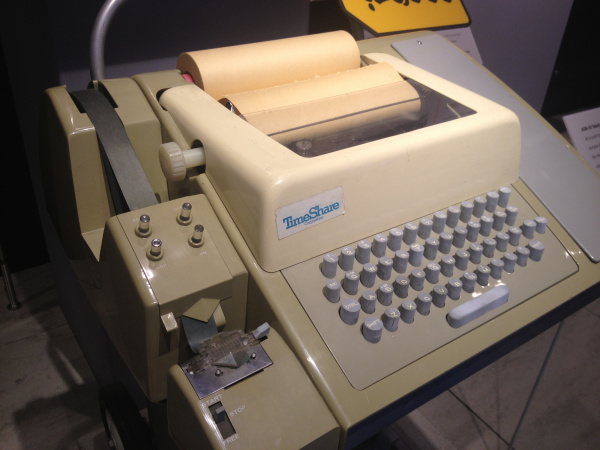ASCII
History
The American Standards Association (ASA), now the American National Standards Institute (ANSI), began work on ASCII on October 6, 1960. The encoding scheme had origins in the 5-bit telegraph codes invented by Émile Baudot. The committee eventually decided on a 7-bit code for ASCII.
7 bits allow for 128 characters. While only American English characters and symbols were chosen for this encoding set, 7 bits meant minimized costs associated with transmitting this data (as opposed to say, 8 bits).
The first 32 characters of ASCII were reserved control characters. These characters were used to relay special instructions to other devices, like printers. For example, a user could advance a line, delete a character, and on some devices, ring a bell (such as on the Teletype Model 33 ASR).
ASA published the first version of ASCII in 1963 and revised it in 1967. The last major update to the standard occurred in 1986. ASCII first saw commercial use in the American Telephone & Telegraph (AT&T) TeletypeWriter Exchange (TWX) network.
On March 11, 1968 President Lyndon B. Johnson mandated that all US federal government computers must support ASCII, thus cementing ASCII's place in American computing history.
Other encoding schemes existed at the time, such as the International Telegraph Alphabet No. 2 (ITA2), but ASCII quickly became the standard for American English encoding. ASCII was the most common encoding found on the Internet until it was surpassed by UTF-8 in 2007.
